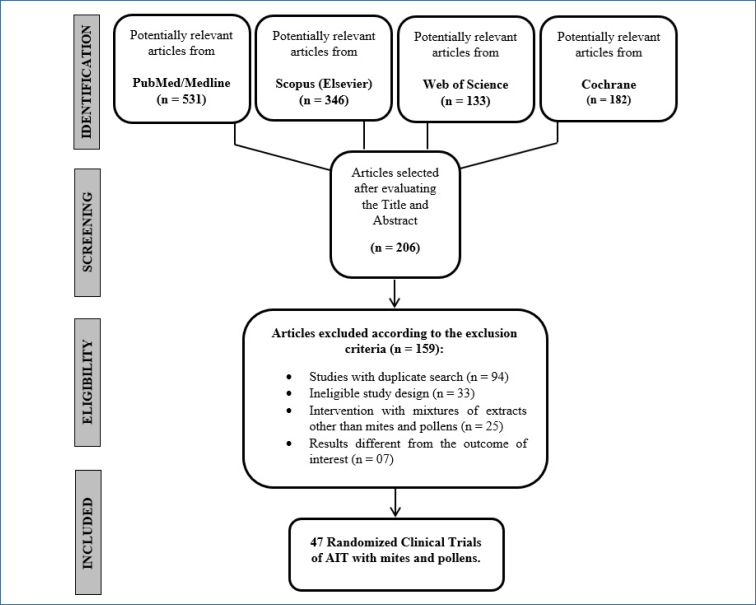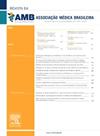Brazilian guidelines for allergen immunotherapy in the treatment of allergic rhinitis.
IF 1.2
4区 医学
Q2 MEDICINE, GENERAL & INTERNAL
引用次数: 0
Abstract
INTRODUCTION Epidemiological studies show that allergic rhinitis (AR) is observed in 10–40% of the world’s population. This disease significantly compromises the quality of life, impairing development in children and professional activities in adults. AR is also frequently associated with allergic asthma (AA)1,2. It has been observed that 15–38% of patients with AR develop concomitant AA. This relationship between AR and AA is based on robust pathophysiological mechanisms, which are consistent with the united airways theory. This model states that environmental exposure to allergenic molecules in genetically predisposed individuals directs the production of specific cytokines responsible for the development of the allergic inflammatory process in the nasal mucosa and lungs1,3. The association between AR and AA or atopic dermatitis (AD) is very common, usually developing since childhood, representing a phenomenon called the atopic march. Therefore, patients with AR should be evaluated in a broad and systemic way due to the implications and interactions of this disease that is part of a broad allergic process that can affect the upper airways, lower airways, skin, and mucous membranes. These diseases, classified as atopic diseases, are characterized by the presence of a specific, genetically directed immune response after exposure to allergens1,2,4,5. In Brazil, the components derived from the house dust mites Dermatophagoides farinae (Df ), Dermatophagoides pteronyssinus (Dp), and Blomia tropicalis (Bt) are the main allergens associated with the etiology of AR. Particularly in southern Brazil and in rural areas, pollens are also allergens associated with the etiology of AR6. Knowledge of the pathophysiology of AR is important for understanding the diagnostic strategies and therapeutic possibilities. Sensitization in the nasal mucosa starts with the presentation of allergens by antigen-presenting cells, such as dendritic cells, macrophages, and Langerhans cells, to naive CD4+ T lymphocytes, which at the level of innate immunity may present themselves as dysfunctional, and individuals with genetic predisposition in the presence of allergens have a tendency to differentiate naive CD4+ T cells into Th2 cells, which are characterized by producing interleukin (IL)-4, IL-5, and IL-13. In addition, other important cytokines in this allergen-specific response or even in nonspecific triggers (irritants, pollutants, virus infection, etc.) are IL-25, IL-33, and thymic stromal lymphopoietin produced by respiratory mucosal epithelial cells. These cytokines (alarmins) can contribute to induce immunoglobulin E (IgE) production and the recruitment of eosinophils to the site of the inflammatory allergic process by stimulating, respectively, IL-4and IL-5-producing Th2 and ILC2 cells. This entire process is currently referred to as type 2 inflammation, characterizing the pathophysiological mechanisms of AR and AA5,6.



巴西变态反应原免疫疗法治疗变应性鼻炎指南。
本文章由计算机程序翻译,如有差异,请以英文原文为准。
求助全文
约1分钟内获得全文
求助全文
来源期刊
CiteScore
2.20
自引率
0.00%
发文量
276
审稿时长
12 weeks
期刊介绍:
A Revista da Associação Médica Brasileira (RAMB), editada pela Associação Médica Brasileira, desde 1954, tem por objetivo publicar artigos que contribuam para o conhecimento médico.

 求助内容:
求助内容: 应助结果提醒方式:
应助结果提醒方式:


